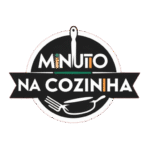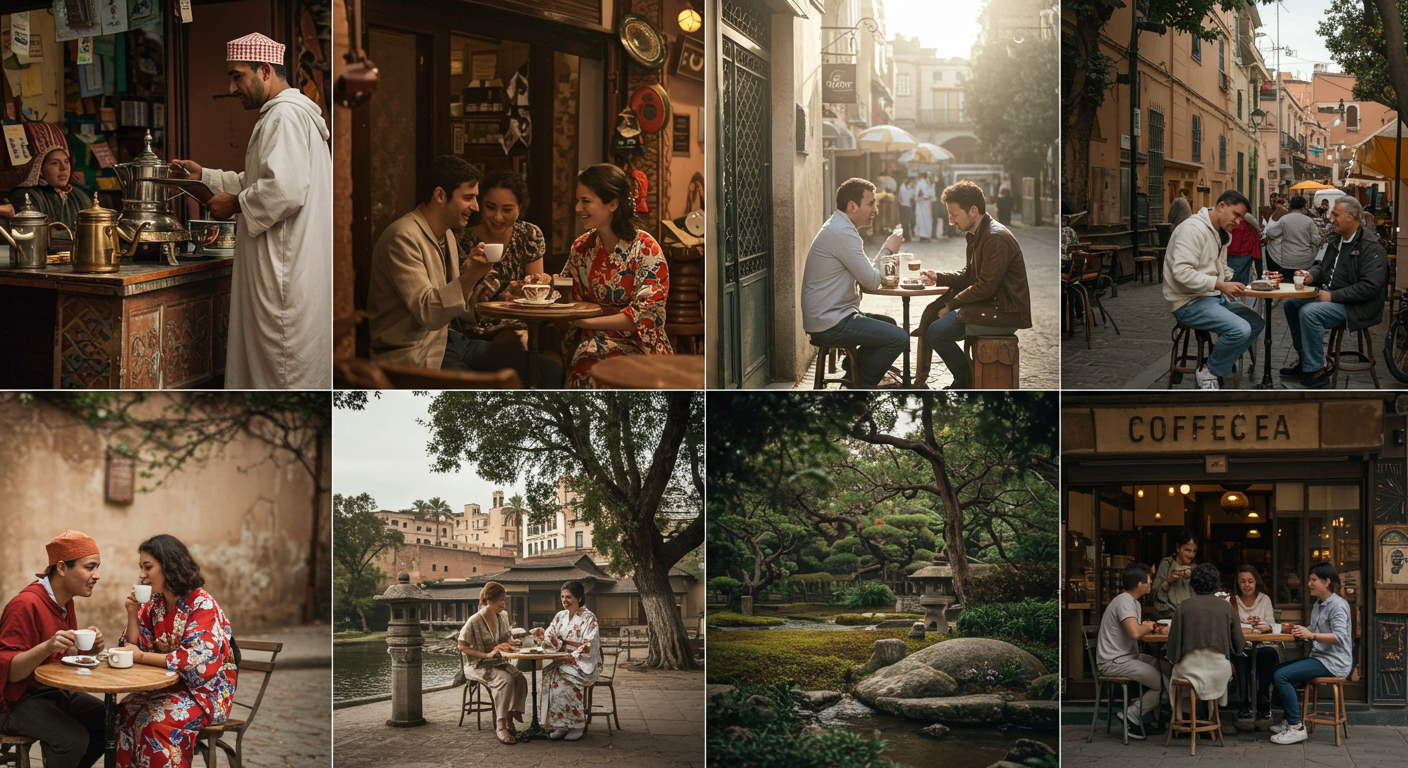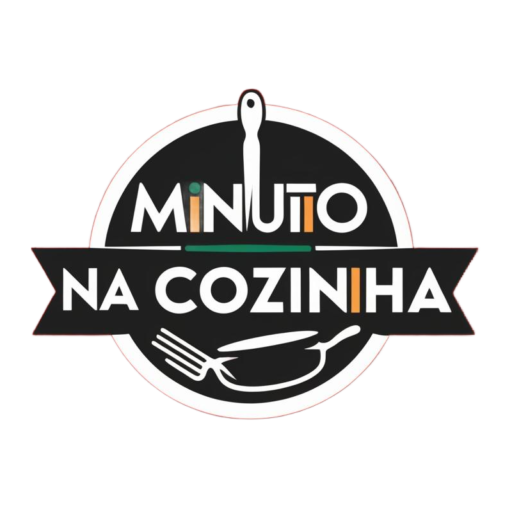Coffee is more than just a drink — it’s a ritual, a tradition, and in many places, a symbol of community and hospitality. Around the world, coffee is enjoyed in incredibly diverse ways, from strong espresso shots to sweet, spiced brews. Learning how different cultures experience coffee can deepen your appreciation for every cup.
Let’s take a journey across continents to discover how people from various countries enjoy their daily coffee.
Italy: The Home of Espresso
Italy is one of the most iconic coffee cultures in the world. Here, coffee is fast, strong, and social.
- Italians prefer espresso — served in a small cup, drank in just a few sips.
- Cappuccino is typically only consumed in the morning, never after a meal.
- Coffee is often enjoyed standing at the bar, rather than sitting.
- It’s common to have multiple small coffees throughout the day.
Italy taught the world how to elevate a small cup into an art form.
Turkey: A Coffee Ceremony Rooted in Tradition
Turkish coffee is about more than caffeine — it’s a cultural experience.
- It’s made by simmering very finely ground coffee with water (and sugar if desired) in a small copper pot called a cezve.
- The coffee is unfiltered and served with the grounds at the bottom.
- It’s often accompanied by Turkish delight or sweets.
- In many homes, Turkish coffee is served to guests as a sign of respect and hospitality.
- There’s even a tradition of fortune-telling by reading the coffee grounds left in the cup.
In 2013, Turkish coffee was inscribed on the UNESCO list of Intangible Cultural Heritage.
Ethiopia: The Birthplace of Coffee
Ethiopia is where coffee originated, and it remains deeply woven into daily life.
- Traditional coffee ceremonies involve roasting the beans in front of guests.
- The coffee is brewed three times, each round served in small cups without handles.
- The ceremony can last up to an hour, often shared with family and visitors.
- Popcorn or snacks may accompany the ritual.
Coffee in Ethiopia isn’t rushed — it’s a time for conversation, reflection, and connection.
Sweden & Finland: Fika and Kaffe Culture
In the Nordic countries, coffee is all about slowing down and taking a break.
- Fika (in Sweden) is a cherished tradition — a daily coffee break with pastries or cake, often shared with coworkers or friends.
- Finland has the highest coffee consumption per capita in the world.
- Most coffee is light roast and filter-brewed, and always served fresh.
- These moments are about comfort and connection, not caffeine boosts.
In these cultures, coffee is more about the moment than the drink itself.
Brazil: Coffee as a Way of Life
Brazil is not just one of the world’s largest coffee producers — it’s a country that lives and breathes coffee.
- Coffee is served everywhere — at home, in offices, during social visits.
- The most common style is cafezinho — a small, strong, sweetened cup of black coffee.
- Brazilians drink coffee throughout the day, including after meals.
- It’s a symbol of hospitality — refusing a cafezinho can even be seen as impolite.
Coffee is ingrained in Brazilian daily life, from countryside farms to bustling city streets.
Japan: A Culture of Precision
Japan has adopted coffee with meticulous care and innovation.
- Japanese coffee shops often use pour-over methods like Hario V60 or siphon brewing.
- There’s a strong emphasis on aesthetics and technique.
- Coffee is also widely available in cans from vending machines — hot or cold.
- Coffee shops can be quiet and meditative, or artistic and trendy.
Japan’s approach to coffee combines craftsmanship and technology, making it one of the most unique coffee cultures.
Mexico: Coffee with Cinnamon and Piloncillo
In Mexico, coffee is often infused with warmth and flavor.
- Café de olla is a traditional method using clay pots, cinnamon sticks, and piloncillo (unrefined cane sugar).
- The result is a rich, aromatic, and slightly sweet coffee.
- It’s especially popular in rural areas and during holidays.
- Coffee is often paired with sweet bread or tamales.
This spiced coffee is more than a drink — it’s a reflection of Mexican culture and hospitality.
Vietnam: Sweet and Strong
Vietnam has developed a completely distinctive coffee style.
- Cà phê sữa đá is made with dark-roasted robusta beans brewed through a metal filter and mixed with sweetened condensed milk, served over ice.
- Egg coffee (cà phê trứng) is a specialty with whipped egg yolks, sugar, and coffee — rich, creamy, and dessert-like.
- Coffee shops are social hubs, often filled with students, artists, and locals chatting over creative drinks.
Vietnamese coffee culture is bold, inventive, and rooted in daily life.
United States: From Diner Drip to Specialty Coffee
The U.S. has a broad and evolving coffee culture:
- Traditional diner coffee is simple drip brew, often bottomless and served with cream and sugar.
- In recent decades, specialty coffee has exploded — third-wave roasters, single-origin beans, latte art, and more.
- Cities like Portland, Seattle, and New York are coffee trendsetters.
- Coffee has become a canvas for creativity, customization, and entrepreneurship.
From convenience to craft, coffee in the U.S. reflects its diverse and dynamic culture.
Why Coffee Culture Matters
Learning how different cultures experience coffee can:
- Deepen your appreciation for the drink
- Inspire you to try new brewing methods
- Remind you that coffee is about connection and ritual, not just caffeine
Whether it’s a quick espresso, a slow ceremony, or a creative iced latte, every culture finds meaning in the humble coffee bean.


